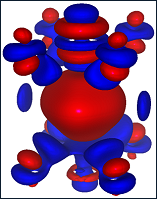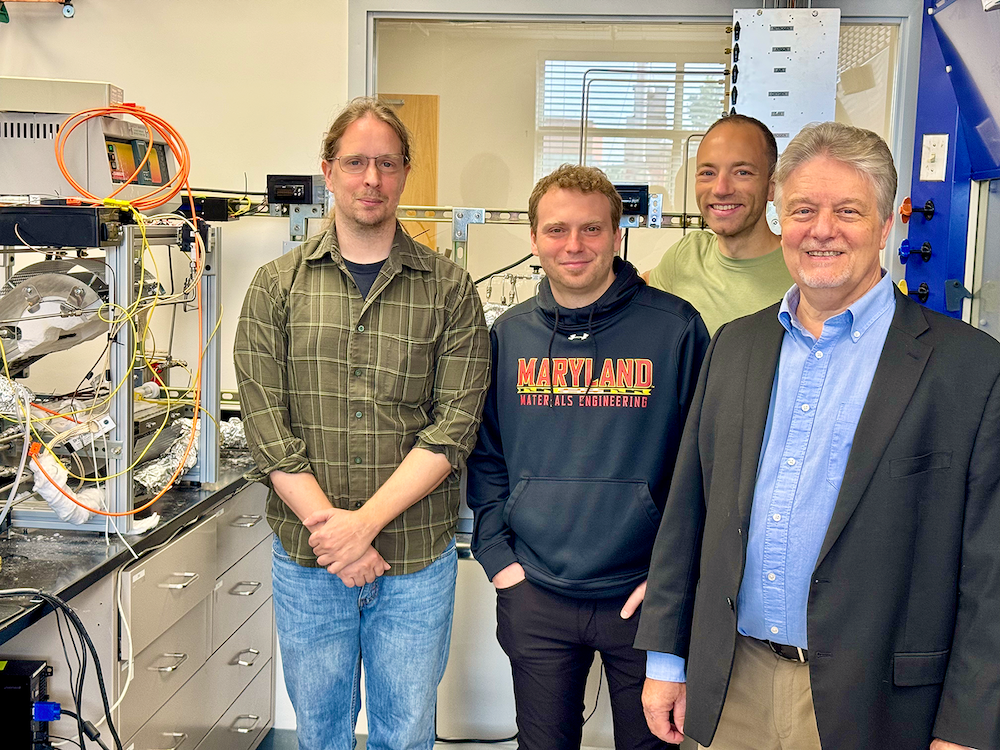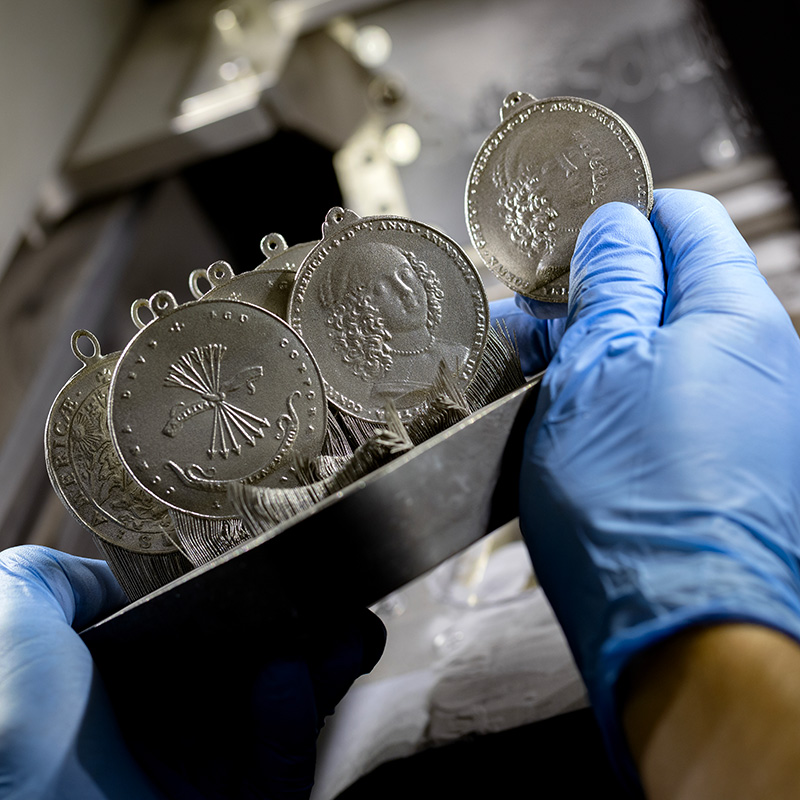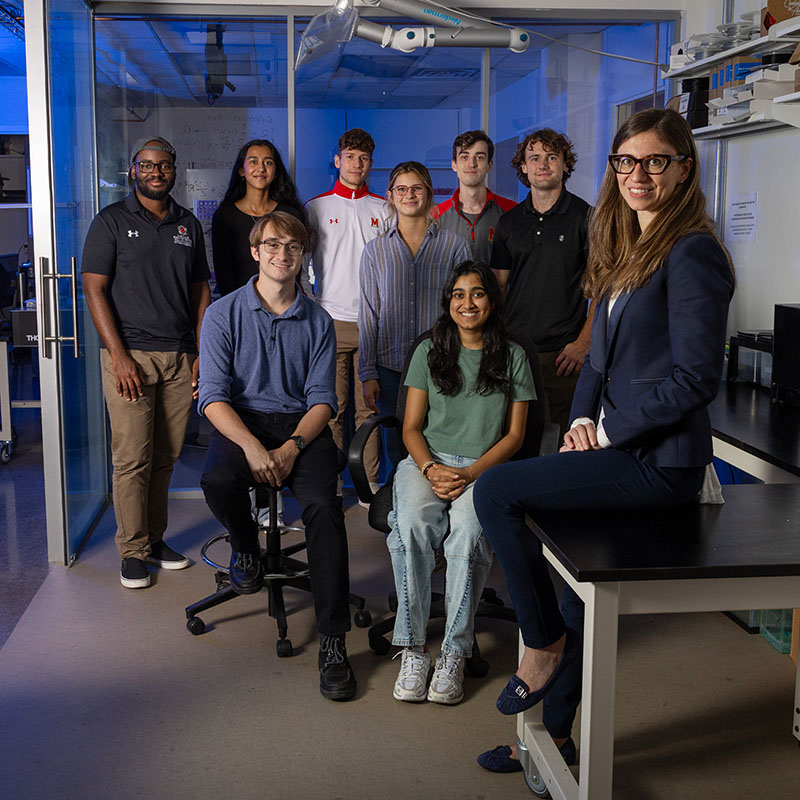News Story
Breakthrough in Solid Oxide Fuel Cell Research

Solid oxide fuel cells (SOFC) are promising devices for generating energy in an environmentally friendly way by a direct conversion of fossil and renewable fuels into electricity and high-quality heat. A major challenge to improving the functionality and implementation of SOFCs is the need to reduce their operating temperatures down to 500–600°C.
In the article, "First-principles modeling of complex perovskite (Ba1-xSrx)(Co1-yFey)O3-δ for solid oxide fuel cell and gas separation membrane applications," the authors describe their search of complex perovskites combining high oxygen vacancy concentration (non-stoichiometry) and high vacancy mobility at moderate temperatures, as well as long-term cubic structure stability against transformation and degradation in polluted atmosphere.
The team has demonstrated that the optimal strategy for developing a new and improved SOFC cathode should be based on the combination of key experimental data on oxygen incorporation into material, and first-principles thermodynamics/kinetics of oxygen reduction and related processes. They have been able to identify the atomistic mechanisms of key reactions for (La,Sr)MnO3 (LSM) with the emphasis on the rate-determining steps. Based on the study, the researchers plan to perform a similar analysis for BSCF and related complex perovskites.
For More Information:
Published August 18, 2010










